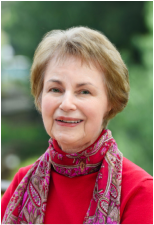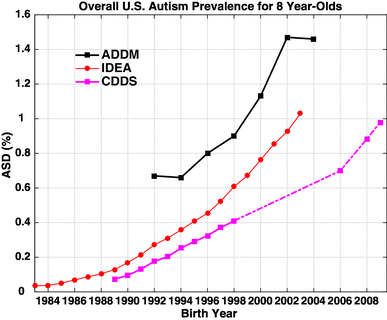Recognizing there is a problem is the first step in seeking a solution. Until this first crucial hurdle is crossed there will be no progress.
(Stock image)
By John Eckhard
It seems absurd to those of us who deal with severe autism every waking moment, and too often in our dreams as well, that there still exists in society a prevalent belief that autism is not a problem to be solved. Recognizing there is a problem is the first step in seeking a solution, for until this first crucial hurdle is crossed there will be no progress.
There is a romanticized view of autism that at times even goes so far as to say autism is an evolutionary step in our species. Instead of being viewed as a disorder to be researched and one day prevented, treated or even cured, it is too often heralded as a coveted gift that needs to be celebrated and embraced.
I am sure that most of this is attributed to the spectrum of autism being so vast that it has lost all meaning. Distinctions or nuances within this vast spectrum are frowned upon for there seems to be a desire that all autistic people fall lock step into a mantra of ‘All for one, one for all’. Again this may sound like a noble, lofty and selfless ideal but it leaves people like my son who is severely autistic without a voice and without the resources he and so many others need to simply make it through a day. A one-size-fits-all approach to autism is not only impractical, it is outright dangerous and cruel.
“A one-size-fits-all approach to autism is not only impractical, it is outright dangerous and cruel.”
Self-identity and autism seem to be intrinsically linked in the minds of some people. I have heard it said that if my son was no longer autistic he would no longer be who he is. When he was first diagnosed at the age of two this line of reasoning was very compelling for I did not want to change my precious little boy. He is now 11 and watching him struggle and suffer over this past decade I now believe with all my heart that it is precisely autism that is preventing him from being who he really is. Without the straitjacket of autism he would become his authentic self.
I believe that all people desire and want to be free. To the extent that we are prevented from being free we are prisoners to whatever is holding us captive. If you believe in God it is sin who makes us captive. In a corrupt government it is the brutal regime that makes us captive. In an intolerant society it is bigotry and hatred that makes us captive. And for my son it is severe autism that makes him a captive.
“I have heard it said that if my son was no longer autistic he would no longer be who he is… I now believe with all my heart that it is precisely autism that is preventing him from being who he really is. Without the straitjacket of autism he would become his authentic self.”
He is powerless in so many ways to break free from the autism that holds him in its tight grip. Autism has robbed him of his ability to speak, to have autonomy over his own bodily actions, to enter into meaningful relationships, to live an independent life without 24/7 support, and to top it all off autism will even steal away so many years of his life.
This to me is not a romantic “diversity,” but rather a dismal reality that so many people live, and it is hidden for it does not fit the narrative. My son, and millions of others like him, only have one life to live and as a civilized and humane society we should be doing everything in our power to help them.
Every waking moment my son struggles to live in a world which he does not understand and is so often dangerous to him, and yet he tries with all his might. It took him months before he could navigate from the concrete patio to the grass for the transition and textural change was overwhelming to him.
He does not know how to do something as simple as throwing up. He wants to immediately swallow his own vomit because he is scared and disoriented. My wife and I will hold his head forward and try to coax him just to let it out wherever it may land — the floor, the couch or even on us. My wife and I do everything we can to be his guides and protectors, but we need more — we need society to wake up to the nightmarish reality of the autism tsunami and respond with the urgency my son and all of us desperately need.
John Eckhard is the father of an 11 year-old son with severe autism.
Disclaimer: Blogposts on the NCSA blog represent the opinions of the individual authors and not necessarily the views or positions of the NCSA or its board of directors. Inclusion of any product or service in a blogpost is not an advertisement, is not made for any compensation, and does not represent an official endorsement.





